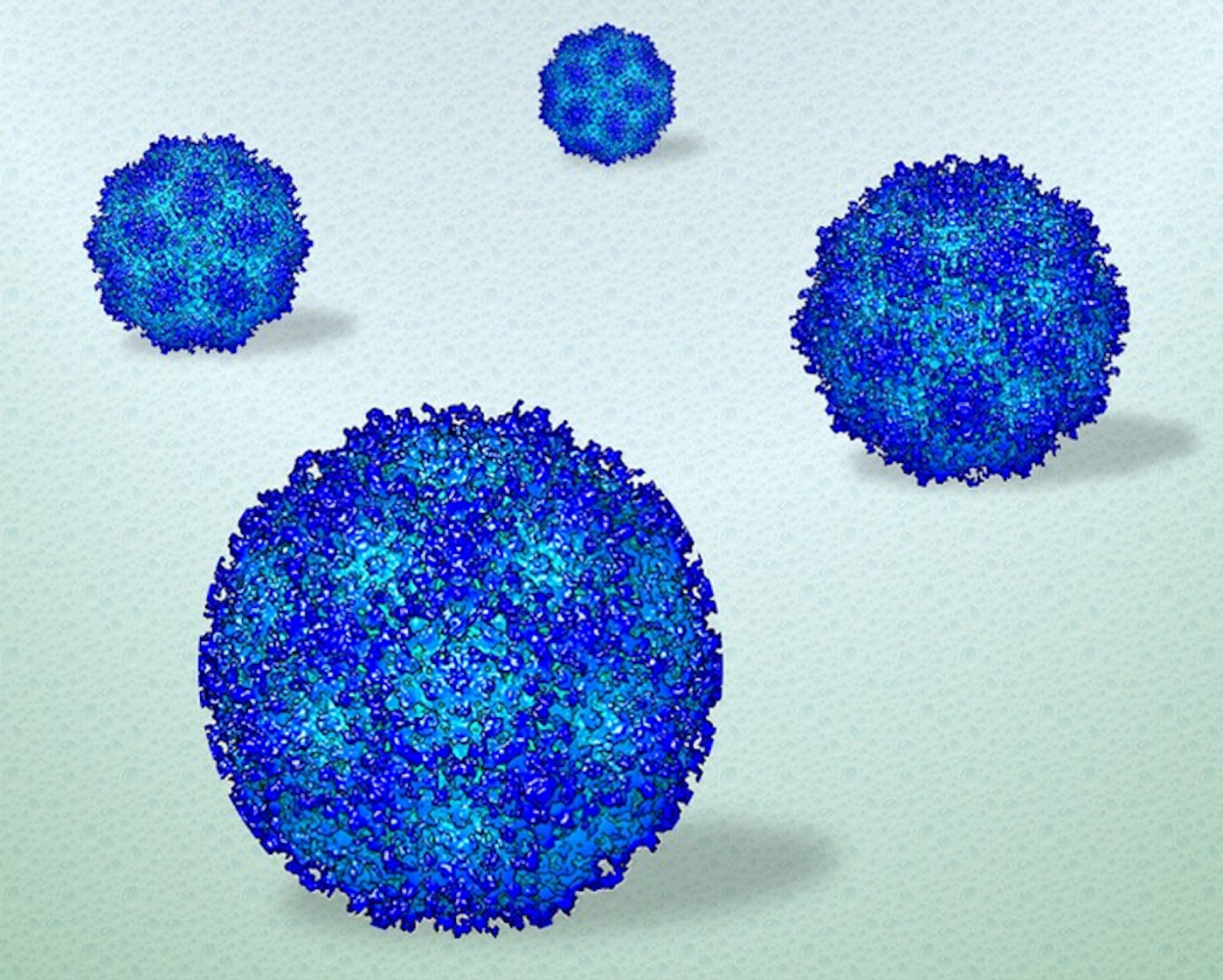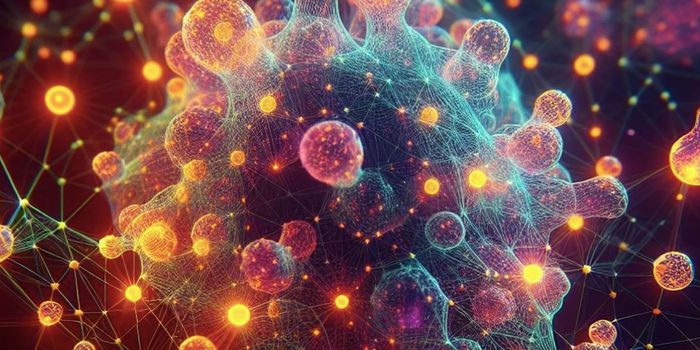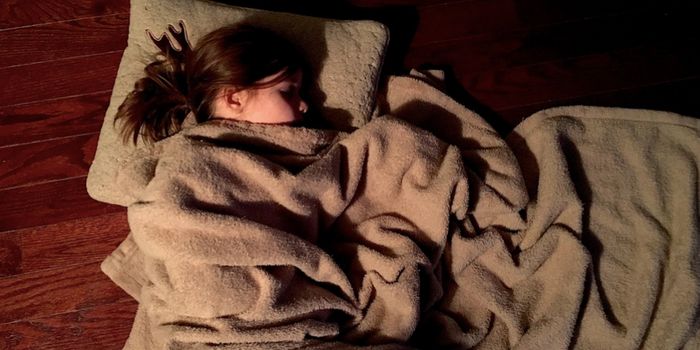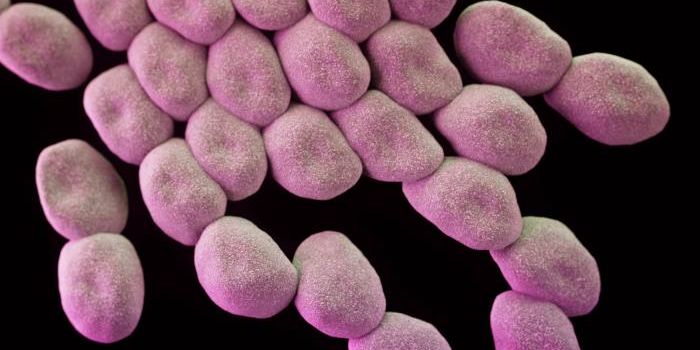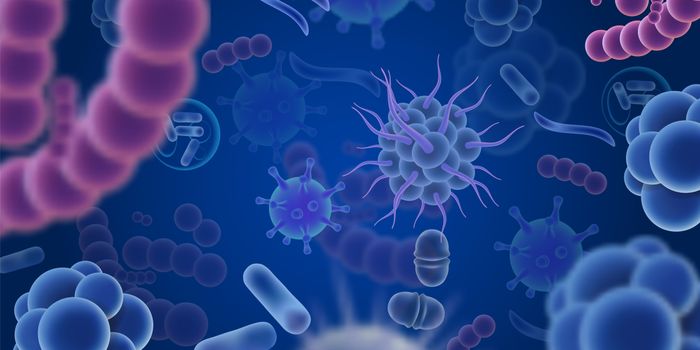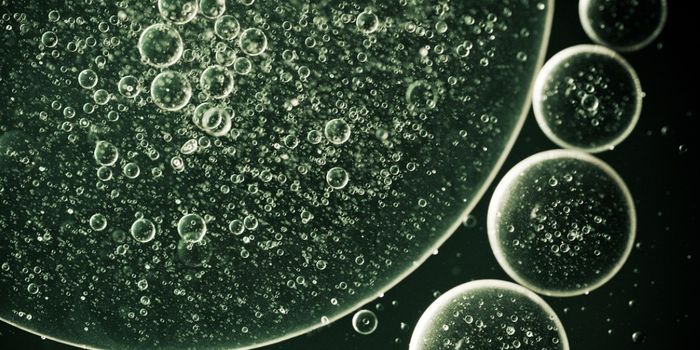Viruses Captured at High Resolution as They Moved in 3D
Scientists have used powerful tools to get a better look at viruses at they move through liquid. A new study that was reported in Advanced Materials aims to expand our understanding of how viruses behave in an environment that's more similar to conditions in the human body. Usually, an investigation of a virus's structure involves using cryo-electron microscopy (cryo-EM), which requires the sample to be prepared and frozen before being analyzed. The images that cryo-EM generate are only of still objects, and not of viruses migrating through live tissues.
In this work, the researchers used a common, benign virus known as adeno-associated virus (AAV), which is often used in molecular biology to deliver something to a cell. "This model system is already well-studied so we can use it to validate our approach with the goal of seeing biological entitles in a liquid state, as maintained in the human body," said study leader Deb Kelly, Huck Chair in Molecular Biophysics and professor of biomedical engineering at Penn State.
The AAV was put in solution, and tiny drops were placed in silicon nitride microchips. Then, these drops were analyzed with an electron microscope. This tool improves upon liquid phase-EM, and can act as a complement to the information collected from cryo-EM results. It can also avoid some of the pitfalls of that technique.
“The images are very comparable to cryo-EM data, but the preparation was less complex, less technically involved. Once we had the images taken rapidly, like frames of a movie, we processed them just like we would any other high-resolution data,” explained first study author and graduate student GM Jonaid.
The scientists captured the surface of the virus changing slightly as it moved through liquid at near-atomic level resolution. After trying their method on AAVs, they looked at antibodies made by COVID-19 patients, and how these antibodies interacted with particles of SARS-CoV-2 that were still in the sample. Kelly said this approach could help scientists evaluate vaccine candidates before they are tested in clinical trials.
The team is planning to continue using liquid phase-EM to complement data gained from cryo-EM techniques.
Sources: AAAS/Eurekalert! via Penn State, Advanced Materials
